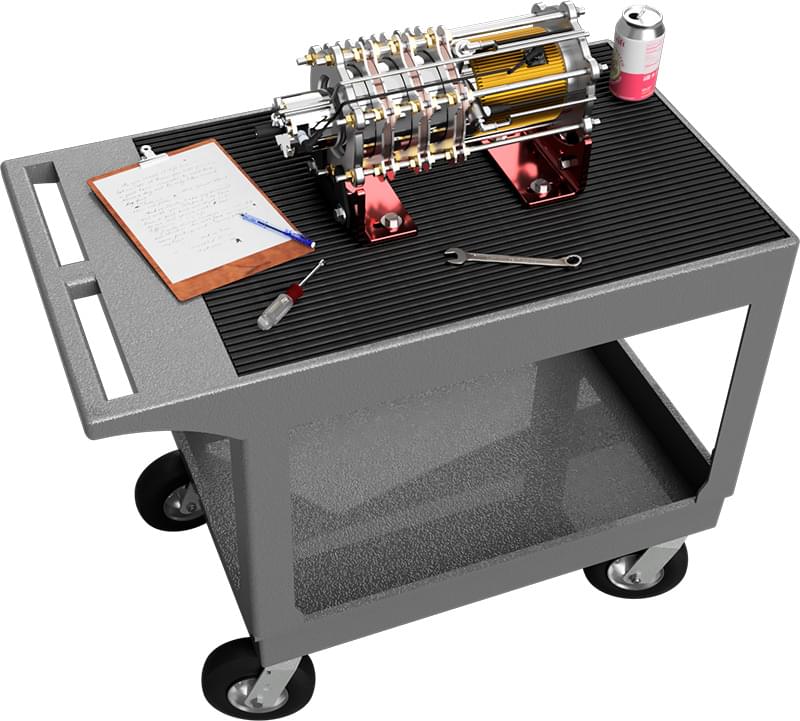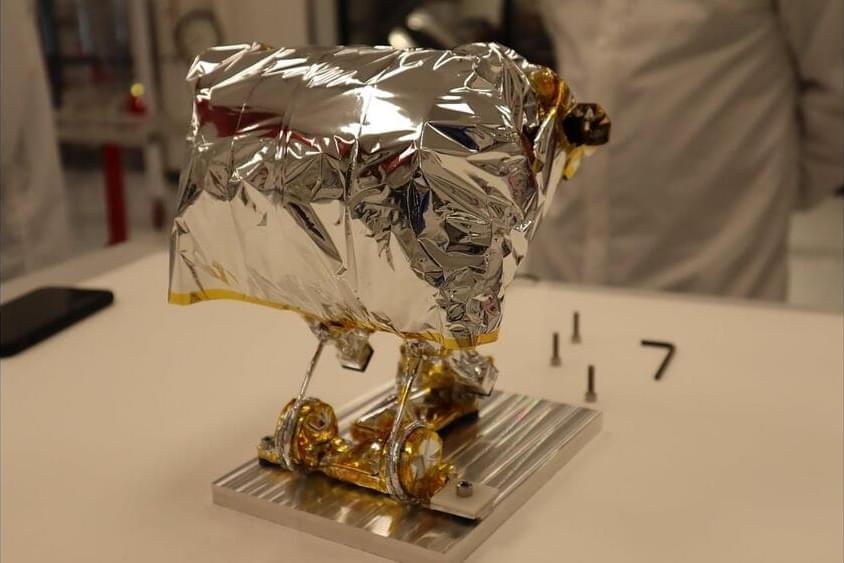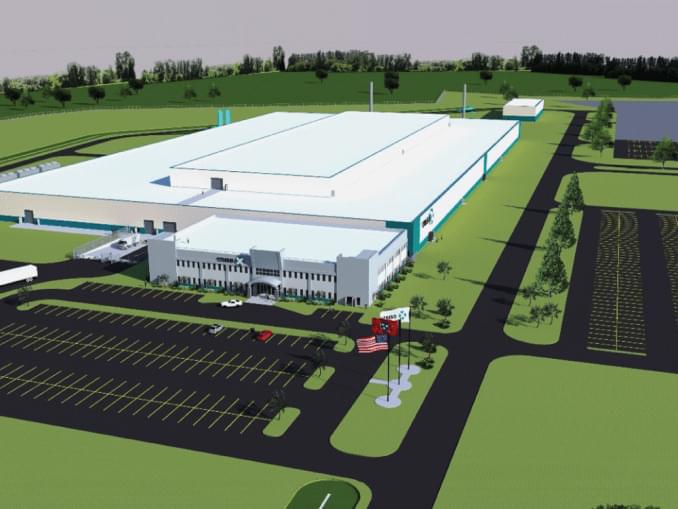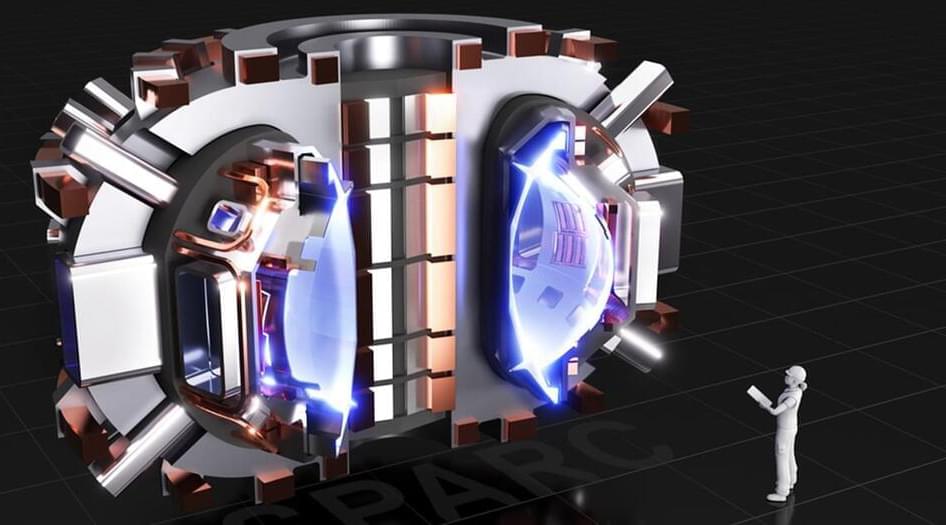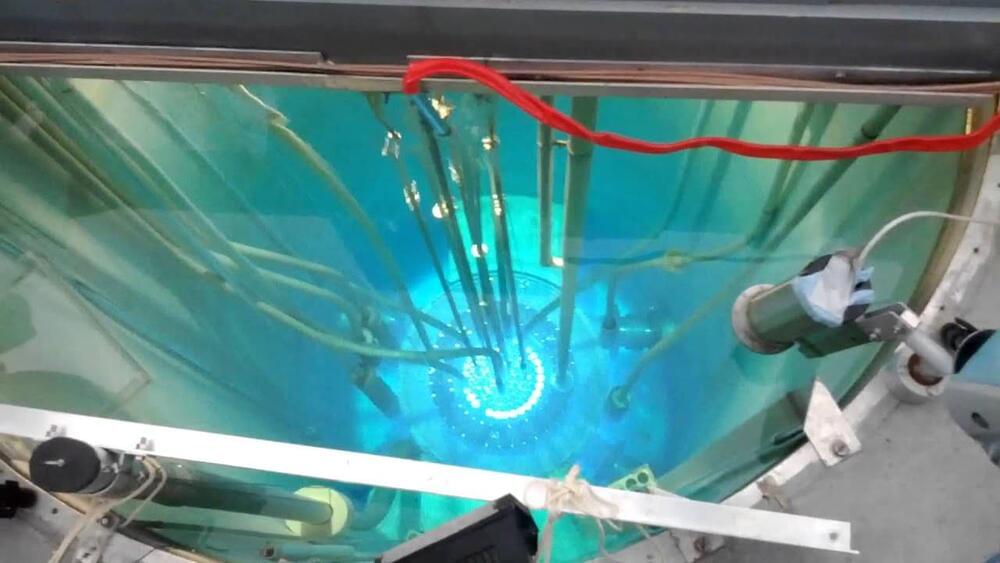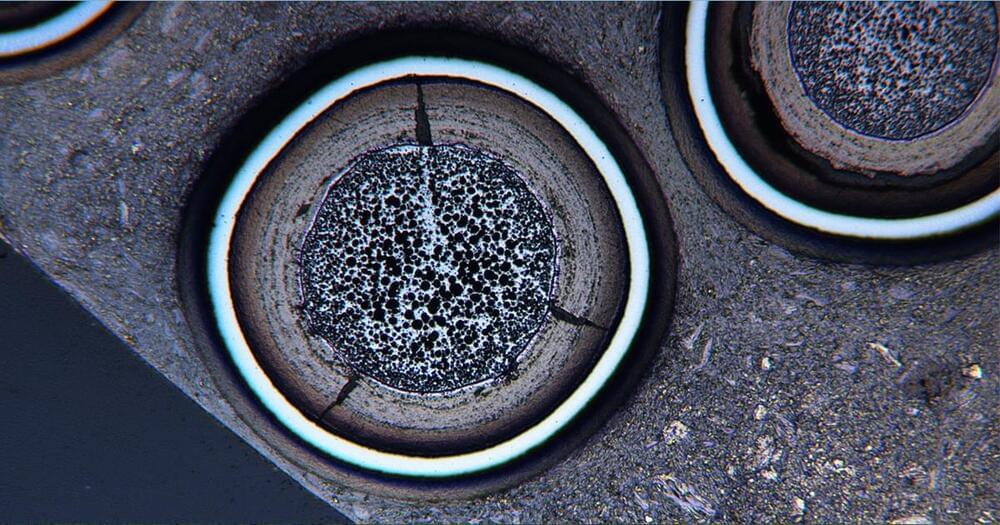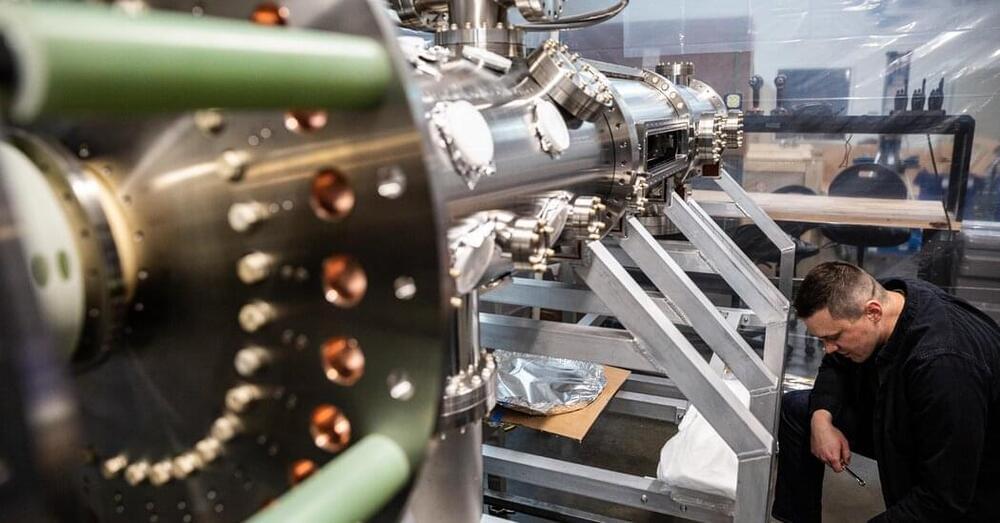Jul 20, 2022
TAE Technologies Exceeds Fusion Reactor Performance Goals
Posted by Shubham Ghosh Roy in category: nuclear energy
Following scientific milestones with current fusion reactor, Norman, TAE receives investments from long-term partner Google, as well as Chevron, Sumitomo Corporation of Americas, and others to fund the construction of the company’s sixth-generation research reactor that will demonstrate the viability of net energy from TAE’s approach.
FOOTHILL RANCH, Calif. 0, July 19, 2022 /PRNewswire/ — After achieving temperatures greater than 75 million degrees Celsius and demonstrating unmatched real-time control of plasma with its state-of-the-art fusion research reactor, Norman, TAE Technologies today announced that it has secured strategic and institutional investments to fund the construction of its next research reactor, Copernicus.

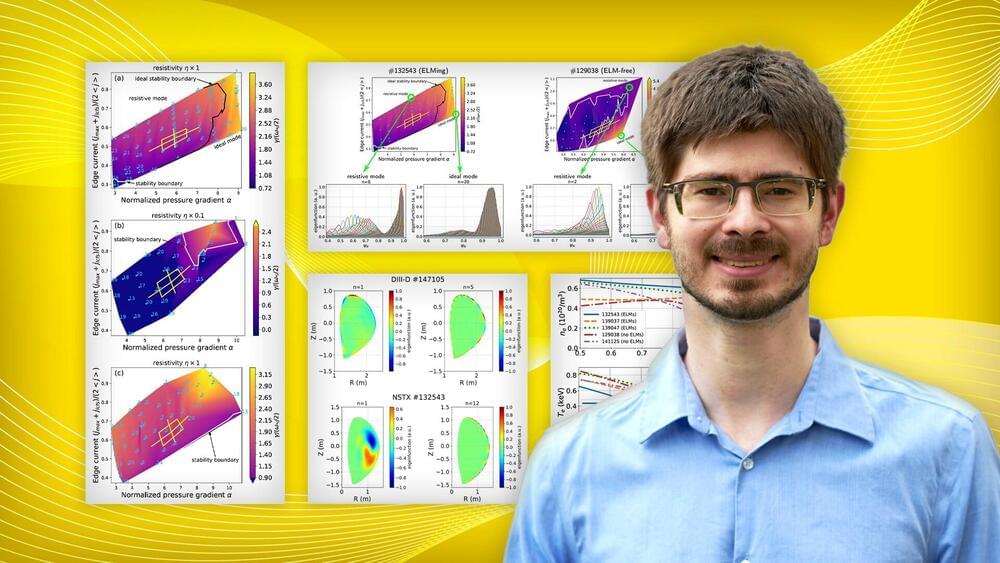
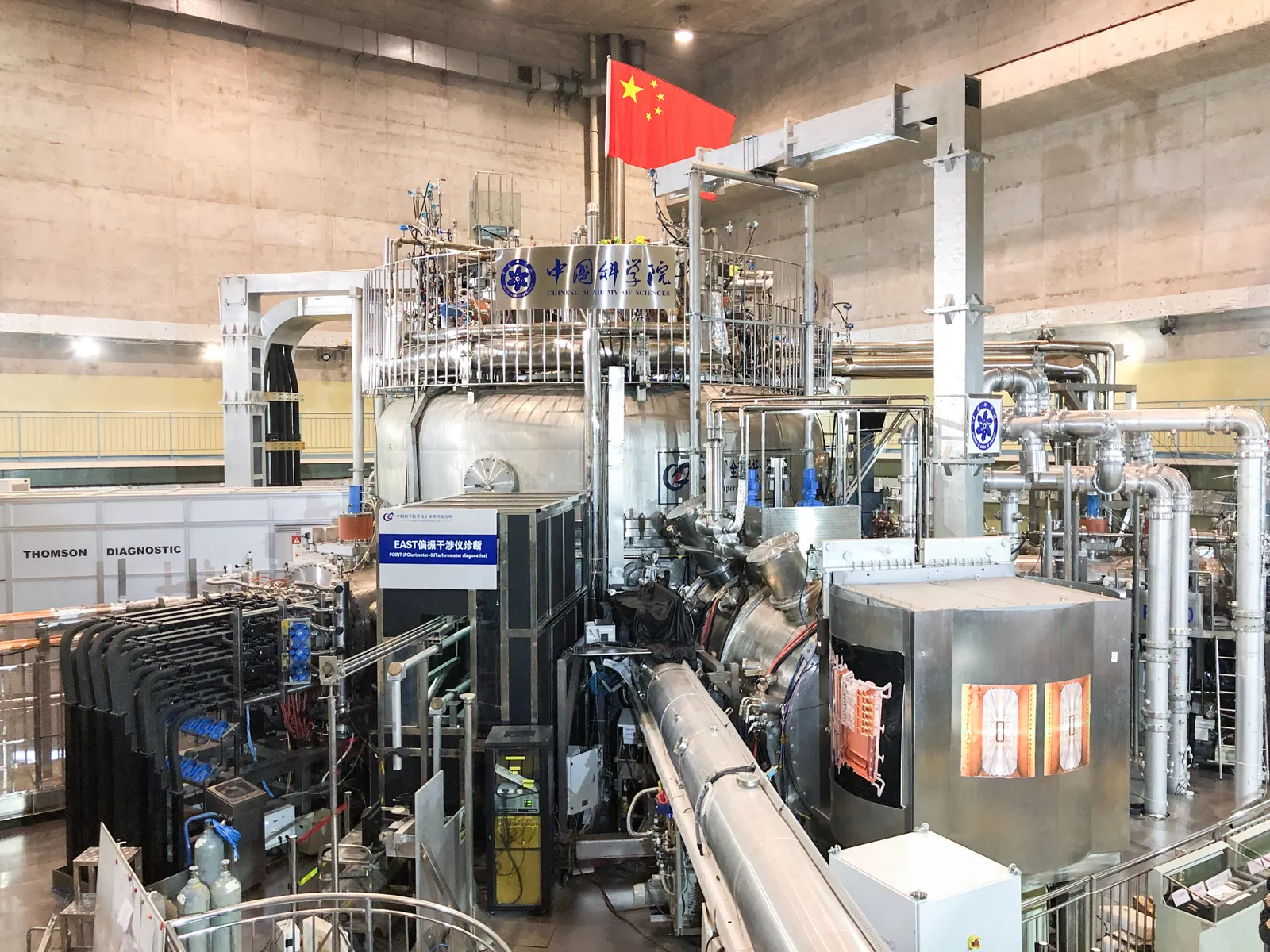 In a new world record, China’s “artificial sun” project has sustained a nuclear fusion reaction for more than 17 minutes, reports Anthony Cuthbertson for the
In a new world record, China’s “artificial sun” project has sustained a nuclear fusion reaction for more than 17 minutes, reports Anthony Cuthbertson for the 